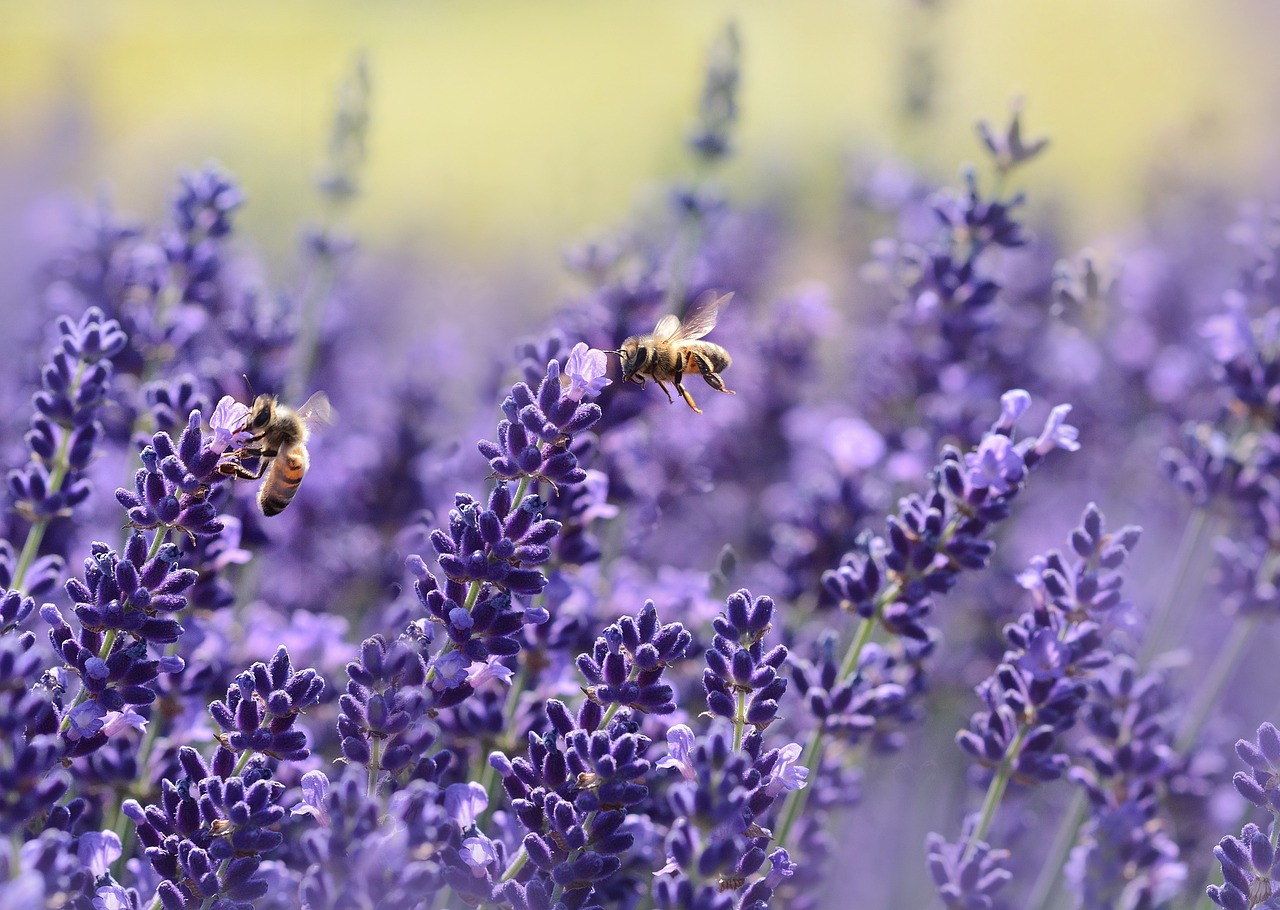
Growing and caring for lavender plants
Introduction
Growing and caring for lavender plants, with its captivating fragrance and delicate blooms, is a versatile and beloved plant that can bring charm and serenity to any garden. In this article, we will explore the wonders of lavender and provide you with valuable insights on planting and caring for this delightful herb. Whether you’re a seasoned gardener or a beginner, this guide will help you cultivate and enjoy the beauty and aroma of lavender in your own backyard.
Table of Contents
- What is Lavender?
- Varieties of Lavender
- Choosing the Perfect Location
- Preparing the Soil for Planting
- Planting Lavender
- Watering and Fertilizing
- Pruning and Maintenance
- Dealing with Pests and Diseases
- Harvesting and Using Lavender
- Tips for Successful Lavender Gardening
- Frequently Asked Questions (FAQs)
- Conclusion
What is Lavender?
Lavender (Lavandula) is a perennial herb that is well-known for its fragrant flowers and aromatic foliage. It belongs to the Lamiaceae family and is native to the Mediterranean region. Lavender is loved for its calming scent, beautiful purple, pink, or white flowers, and its versatility in various uses, including culinary, medicinal, and ornamental purposes.
Varieties of Lavender
There are numerous lavender varieties available, each offering unique characteristics. Some popular cultivars include:
- English Lavender (Lavandula angustifolia): This variety is prized for its intense fragrance and compact growth habit. It’s a classic choice for culinary use and producing essential oils.
- French Lavender (Lavandula stoechas): Known for its distinctive “rabbit ears” bracts, this variety adds a touch of whimsy to the garden and attracts pollinators.
- Spanish Lavender (Lavandula dentata): With its serrated leaves and showy flowers, this lavender variety adds texture and visual interest to flower beds and borders.
- Lavandin (Lavandula x intermedia): Lavandin is a hybrid lavender that offers larger flower spikes and a strong aroma, making it ideal for crafting and scenting products.
Choosing the Perfect Location
Lavender thrives in sunny and well-draining locations. Choose a spot in your garden that receives at least 6 to 8 hours of direct sunlight daily. Lavender prefers soil with a slightly alkaline pH level and good drainage to prevent root rot.
Preparing the Soil for Planting
Before planting lavender, it’s essential to prepare the soil properly. Lavender prefers sandy or loamy soil that is well-draining. Amend heavy clay soils by adding organic matter, such as compost or well-rotted manure, to improve drainage and provide necessary nutrients.
Planting Lavender
- Start by digging a hole slightly larger than the root ball of the lavender plant.
- Gently loosen the roots and place the plant in the hole, ensuring that the crown is level with the soil surface.
- Backfill the hole with soil, firming it gently around the roots.
- Water thoroughly after planting to settle the soil and promote root establishment.
Watering and Fertilizing
Lavender is drought-tolerant once established and does not require excessive watering. Water deeply but infrequently, allowing the soil to dry out between waterings. Overwatering can lead to root rot and other fungal diseases. Avoid using high-nitrogen fertilizers, as they can promote excessive foliage growth at the expense of flower production.
Pruning and Maintenance
Regular pruning helps maintain the shape and health of lavender plants. Prune in early spring to remove any dead or damaged growth and encourage new growth. Additionally, after the flowering period, lightly trim the plants to promote bushier growth and prevent them from becoming leggy.
Dealing with Pests and Diseases
Lavender is generally resistant to pests and diseases. However, it can occasionally be affected by common garden pests such as aphids or spider mites. Monitor your plants regularly and take appropriate measures, such as using organic insecticidal soaps or neem oil, to control infestations. Ensure good air circulation around the plants to minimize the risk of fungal diseases.
Harvesting and Using Lavender
Harvest lavender flowers when they are fully open but before they start to fade. Cut the flower stalks just above the leaves. Lavender flowers can be used fresh or dried for various purposes, including crafting, culinary creations, and making potpourri or essential oils. Store dried lavender in airtight containers in a cool, dark place to preserve its fragrance.
Tips for Successful Lavender Gardening
- Choose the right lavender variety for your specific needs and growing conditions.
- Provide a sunny location with well-draining soil.
- Water sparingly and avoid overwatering.
- Prune regularly to maintain plant health and shape.
- Monitor for pests and diseases and take appropriate action.
- Harvest flowers at the right time for optimal fragrance and longevity.
Frequently Asked Questions (FAQs)
- Q: Can lavender plants grow in pots or containers?
A: Yes, lavender can be grown in containers, provided they have adequate drainage and receive sufficient sunlight. - Q: How often should lavender be fertilized?
A: Lavender has low nutrient requirements. Fertilize sparingly, using a balanced, slow-release fertilizer once or twice a year. - Q: Can lavender plants survive winter?
A: Most lavender varieties are hardy, but their ability to withstand winter depends on the specific cultivar and the climate in your region. Consider mulching around the plants to provide insulation. - Q: Is lavender deer-resistant?
A: Lavender is known for its strong scent, which helps deter deer and other browsing animals. However, in areas with high deer populations, additional protective measures may be necessary. - Q: Can lavender be grown from seed?
A: While lavender can be grown from seed, it is more challenging and time-consuming compared to propagating from cuttings or purchasing young plants.
Conclusion
Lavender is a beloved herb that delights gardeners with its enchanting fragrance, vibrant flowers, and versatile uses. By following the planting and care tips outlined in this guide, you can successfully cultivate and enjoy the beauty of lavender in your garden. So, embark on your lavender gardening journey and savor the tranquility and aromatic wonders this delightful herb brings.